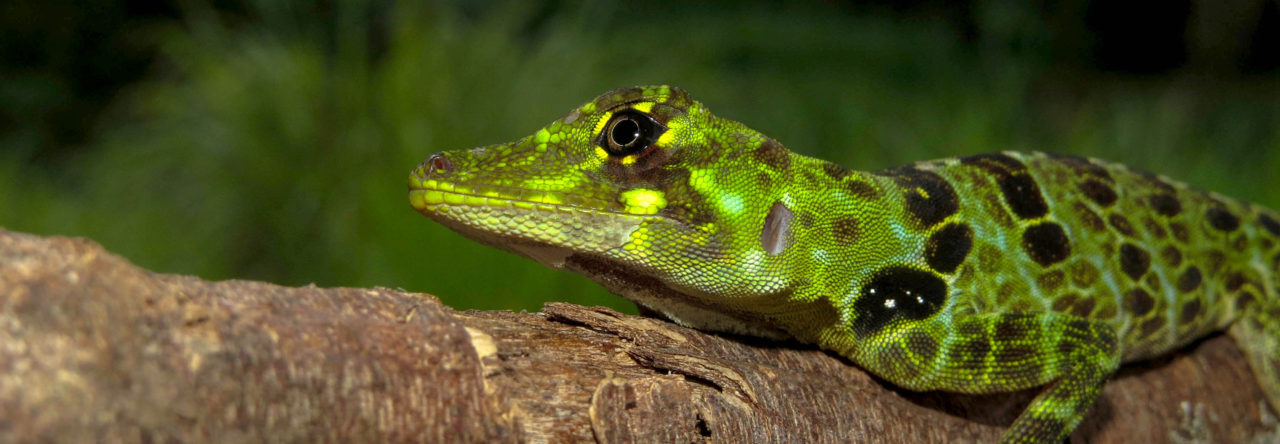The truth must be told.
Previous work by Anthony Russell has demonstrated that geckos have a sophisticated vascular system and connective tissues that allows the toepad of geckos to be molded to the surface with great precision, enhancing the contact between the setal hairs on the pad and the surface. It had been speculated that a similar system existed in anoles, but no one had looked carefully. Now, Russell has, and he reports in Acta Zoologica that previous statements were mistaken: anoles lack what most pad-bearing geckos have. Here’s what the abstract says:
Adhesive toe pads of geckos house modified components of vascular and/or connective tissues that promote conformity of the setal fields with the locomotor substratum. Similar modifications have been claimed for the digits of Anolis, but evidence for them is not compelling. Angiographic and histological investigations of Anolis failed to identify any evidence of either an intralamellar vascular reticular network or a central sinus. Instead, their vascularity more closely resembles that of lizards in general than that of pad-bearing geckos. The loose connective tissue of the toe pads likely contributes to their general pliability and flexibility, promoting localized compliance with the substratum. Through the shedding cycle, the lamellae change shape as the replacing setae elongate. The outer epidermal generation lacunar cells on the inner lamellar faces simultaneously hypertrophy, providing for compatibility between overlapping lamellae, enabling reciprocity between them. This contributes to continuing compliance of the setal fields with the substratum. Overall, digital structure and attachment and release kinematics of the toe pads of Anolis are very similar to those of geckos exhibiting an incipient adhesive mechanism. Both lack major anatomical specializations for promoting conformity of the setae with the locomotor substratum beyond those of the seta-bearing portions of the epidermis.
- Evolution in Real Time on Lizard Island - March 23, 2025
- Spider Snags Adult Anolis osa - March 22, 2025
- An Homage to the Green Anoles of New Orleans - March 21, 2025



Leave a Reply